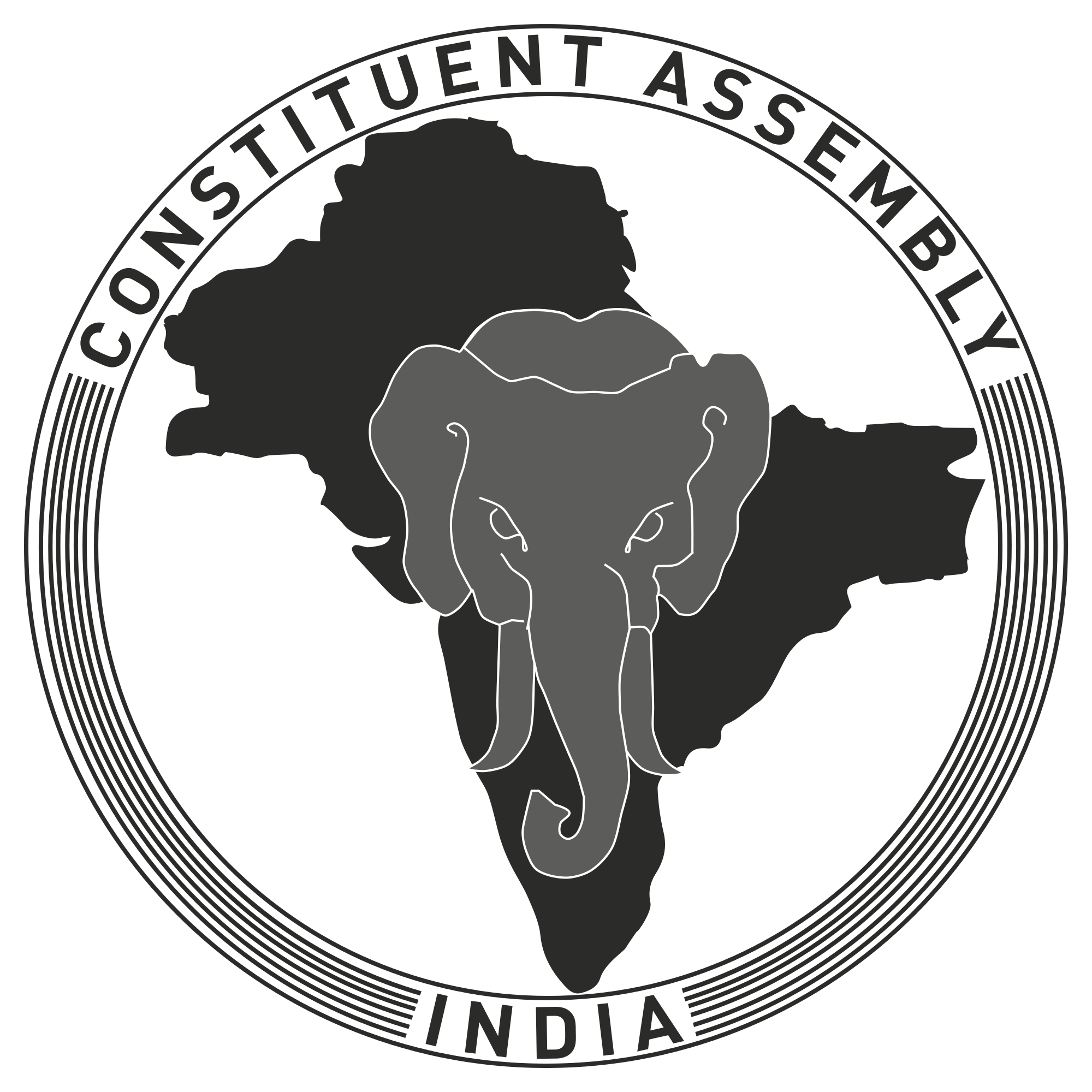 |
| Representation of the Peoples Act, 1951 |
Overview: Amidst murmurs in political circles that the Lok Sabha bypolls in Karnataka to three seats was “unnecessary”, the Election Commission has cited Section 151 A of the Representation of People Act, which mandated it.
What’s the issue now?
Experts have written to the President questioning the rationale behind holding







